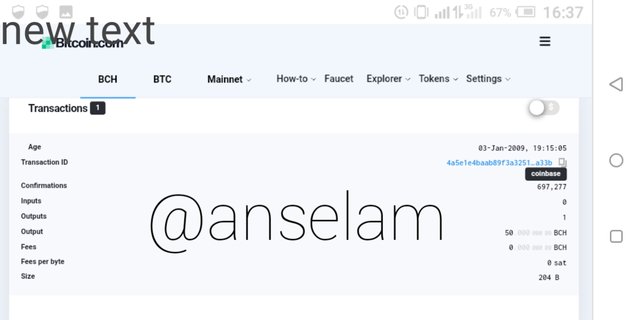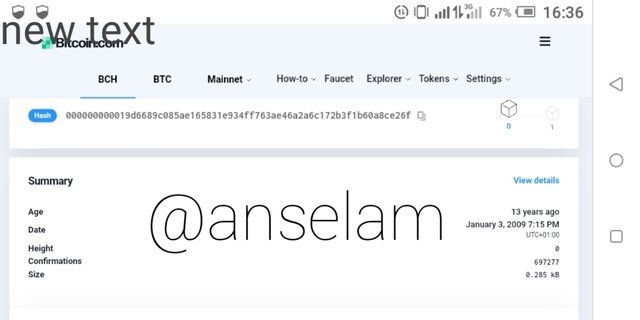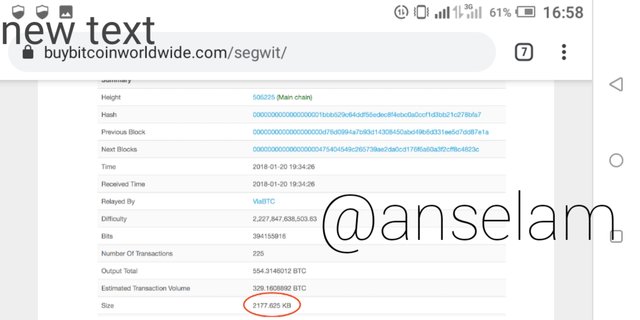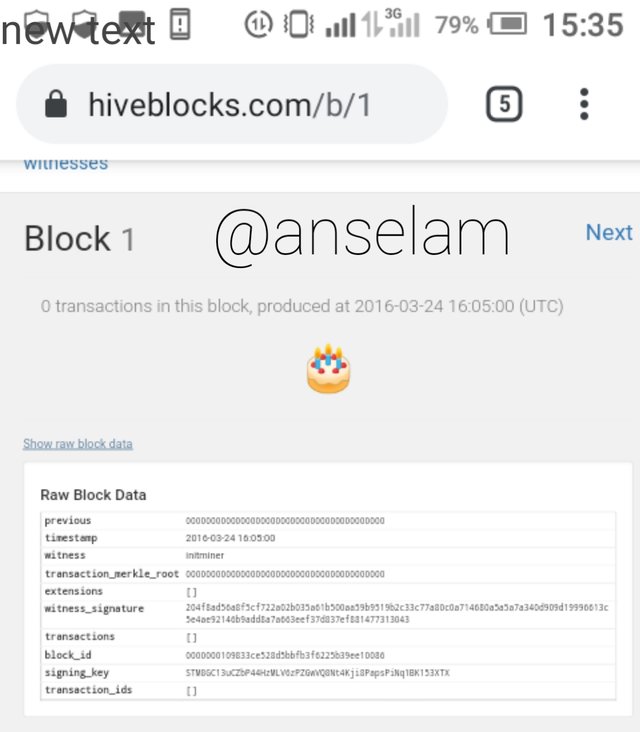CRYPTO ACADEMY / SEASON 3 / WEEK 4 : HOMEWORK POST FOR PROFESSOR @awesononso. - TOPIC: BLOCKCHAIN FORK.
FORKS
Forks in blockchain can simply be seen as any divergence or split that occurs in a blockchain. It can also be seen as a change in the protocol of a blockchain or a situation that take place when more than one block has the same height (That is, block height).
When there is a major hack like what was witnessed in Ethereum some time ago, or there is a big disagreement between the community of the developers of a blockchain like in the case of Bitcoin cash and Bitcoin, then the developers of the blockchain might decide to make some changes to the already existing blockchain's protocol.
HARD FORK
In this type of fork, the previous blockchain will split into two different chains, one of those chains will be entirely different from the old blockchain, it will make use of new rules. This means that the previous blocks will be considered as invalid by the new nodes of the new chain while the old nodes of the previous previous chain will also consider the new blocks of the post-fork as invalid too.
The second chain of the post-fork will still make use of the old rules, it will continue using the old protocol of the pre-fork. This means that the nodes of the chain will still consider the blocks of the post-fork chain as valid.
ETHEREUM HARD FORK
Ethereum previously did a hard fork in their blockchain after an anonymous hacker exploited the vulnerability of the blockchain and made away with digital assets worth tens of millions of dollars.
Due to the major hack incident, the community decided to split what was initially known as The DAO into Ethereum and Ethereum classic. This hard fork was able to move the stolen assets to a recovery address which made it look like such an infamous incident never occurred, therby enabling the users to reclaim their stolen investments.
SOFT FORK
This is the type of fork in which the old or already existing protocol of the blockchain is upgraded to a better protocol without splitting it into two like the case of a hard fork. In this type of fork, the rules are changed in a forward-compatible manner, this means that the nodes in the pre-fork blockchain will still accept blocks from the post-fork blockchain as valid despite the Change in rules brought about by the new software.
BITCOIN TAPROOT SOFT FORK
This fork is aimed at improving the the privacy in Bitcoin. Just like other soft forks, the Taproot soft fork is made to implement some upgrade into the already existing blockchain without splitting it into two.
This fork will help in preventing other users from detecting the complex transactions of another user by improving upon some factors that are related to it.
This fork will be a welcome development for the people advocating for more privacy in Bitcoin because it will cloak the moving parts of Bitcoin transactions that uses complex functionalities, thereby making it look like a single transaction.
Greg Maxwell who is the Bitcoin core developer was the first to unveil this soft fork, it was later merged into the Bitcoin core library in 2020.
| Hard Fork | Soft Fork |
|---|---|
| In the hard fork, the previous chain is splitted into two post-fork chains. | In the Soft Fork, the pre-fork chain will not be splitted into two chains, but the previous chain will be updated or upgraded. |
| The nodes of the new chain recognizes the blocks of the old chain as invalid. | The blocks of the upgraded chain are still recognized as valid by the nodes of the new chain |
| A hard fork leads to the running of two parallel chains simultaneously with two different coins. | A soft fork only upgrades an existing chain and the blockchain will continue to use one same currency after the fork. |
| After a hard fork, the protocol of the pre-fork chain is retained in one of the two resulting chains. | In a soft fork, the protocol of the previous chain is updated to a new one. |






Hello @anselam,
Thank you for taking interest in this class. Your grades are as follows:
Feedback and Suggestions
There are some very important points missing in your research.
You need to work on your overall arrangement so your work would be appealing to the reader.
Thanks again as we anticipate your participation in the next class.